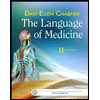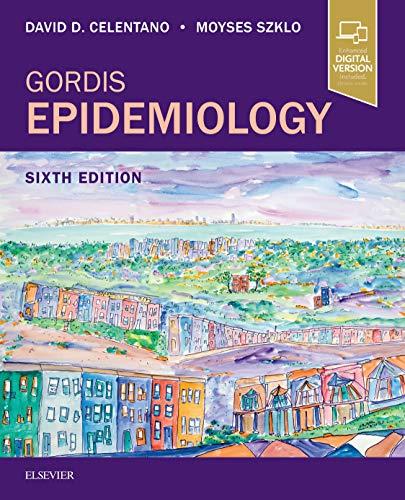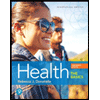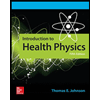
Concept explainers
To describe: The normal immune response.
Concept introduction: A complex network of cells, tissue, and organs that work collectively to protect the body and fight against the pathogens or foreign substances are called the immune system. Immune cells are the cells that actively participate in the defense mechanism initiated by the immune systems.
Explanation of Solution
Normal immune response
Immune response of the body starts when the pathogen enters the body. Macrophages are the first immune cells that encounter and engulf the pathogen by phagocytosis. Macrophage (antigen presenting cells) displays the phagocytosed fragments of the antigen on its cell surface. T-helper cells which have the specific TCR (T-cell receptors) bind with the phagocytosed antigen. This bond causes the release of interleukin-1 molecules from the macrophages and interleukin-2 from the T-helper cells.
The secretion of interleukin-2 initiates the growth and proliferation of cytotoxic T-cells, proliferation, and secretion of antibody from the B-cells.
Here onwards, the immune response follows two different paths that are mediated by two different cells.
- Cytotoxic T-cell/ cell-mediated immunity
The displayed antigen activates and initiates the proliferation of specific cytotoxic T cells and thus, it produces the defensive chemicals such as perforin, granulysin (creates pores in the infected cell’s plasma membrane), and granzymes (to trigger apoptosis in the infected cell).
- B-cell/ humoral-mediated immunity
B cells are activated by the activity of T-helper cells and get differentiated into the plasma and memory cells. Plasma effector cells effectively secrete an array of antibodies that circulate toward the site of infection, binds with it, and destroys all the antigens. The memory cells remain in the body to elicit the immediate immune response when the same antigen enters the body for the second time.
Want to see more full solutions like this?
Chapter 7 Solutions
EBK GOULD'S PATHOPHYSIOLOGY FOR THE HEA
 The Language of Medicine, 11eHealth & NutritionISBN:9780323370813Author:Davi-Ellen Chabner BA MATPublisher:Saunders
The Language of Medicine, 11eHealth & NutritionISBN:9780323370813Author:Davi-Ellen Chabner BA MATPublisher:Saunders Gordis EpidemiologyHealth & NutritionISBN:9780323552295Author:David D. Celentano, Moyses SzkloPublisher:ELSEVIER
Gordis EpidemiologyHealth & NutritionISBN:9780323552295Author:David D. Celentano, Moyses SzkloPublisher:ELSEVIER Nutrition Through The Life CycleHealth & NutritionISBN:9781337919333Author:Brown, Judith E.Publisher:Cengage Learning,
Nutrition Through The Life CycleHealth & NutritionISBN:9781337919333Author:Brown, Judith E.Publisher:Cengage Learning, Health: The Basics (13th Edition)Health & NutritionISBN:9780134709680Author:Rebecca J. DonatellePublisher:PEARSON
Health: The Basics (13th Edition)Health & NutritionISBN:9780134709680Author:Rebecca J. DonatellePublisher:PEARSON Understanding Nutrition (MindTap Course List)Health & NutritionISBN:9781337392693Author:Eleanor Noss Whitney, Sharon Rady RolfesPublisher:Cengage Learning
Understanding Nutrition (MindTap Course List)Health & NutritionISBN:9781337392693Author:Eleanor Noss Whitney, Sharon Rady RolfesPublisher:Cengage Learning Introduction To Health PhysicsHealth & NutritionISBN:9780071835275Author:Johnson, Thomas E. (thomas Edward), Cember, Herman.Publisher:Mcgraw-hill Education,
Introduction To Health PhysicsHealth & NutritionISBN:9780071835275Author:Johnson, Thomas E. (thomas Edward), Cember, Herman.Publisher:Mcgraw-hill Education,





